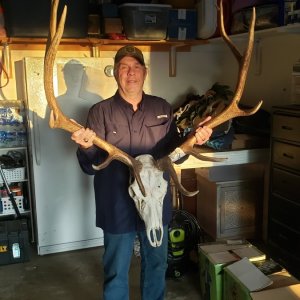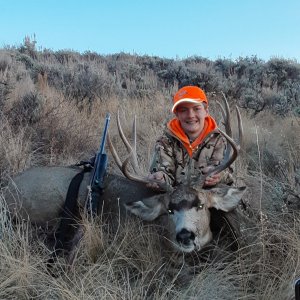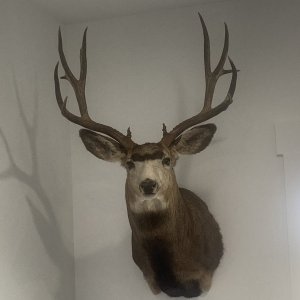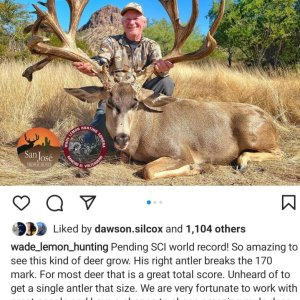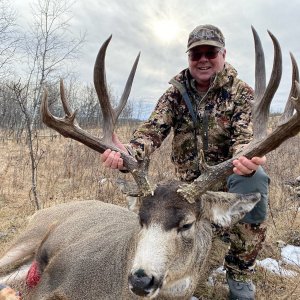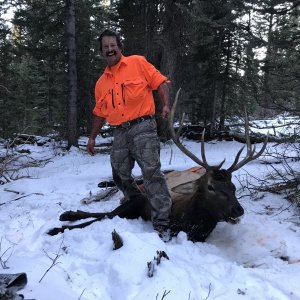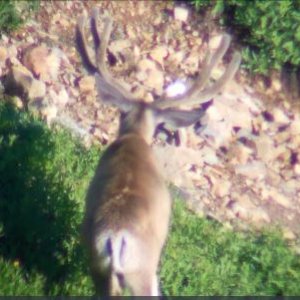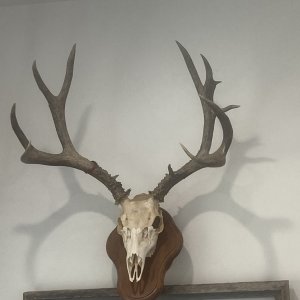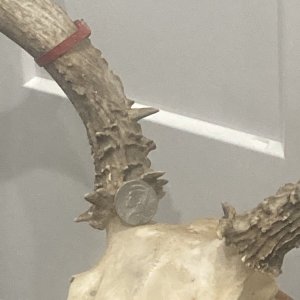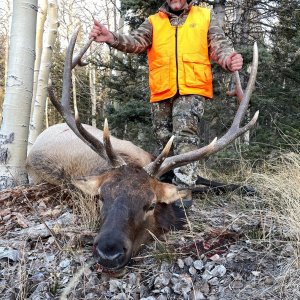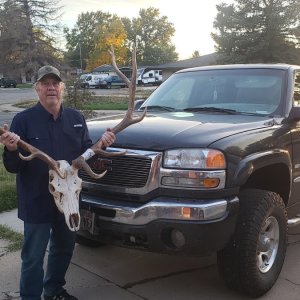oldmossback
Moderator
- Messages
- 1,122
I have noticed this issue in the past and it is becoming more bothersome lately. My sons and myself all run Leupold VX3 scopes. 4/12 and 3/9. We usually keep them on 6 power for hunting and sighting in.
Here is the issue.. When shooting over 200 yards, We would like to use 9-12 power but have found that our accuracy goes away when doing so.
We have tried sighting in at 200 yards using 9 power and when we get that dialed in and then switch back to our normal 6 power, we are all over the place.
We are to the point of just leaving them at 6 power all the time. This same issue is on 3 separate guns all with relatively same scopes and mounts. Any ideas would be greatly appreciated. Thanks
Here is the issue.. When shooting over 200 yards, We would like to use 9-12 power but have found that our accuracy goes away when doing so.
We have tried sighting in at 200 yards using 9 power and when we get that dialed in and then switch back to our normal 6 power, we are all over the place.
We are to the point of just leaving them at 6 power all the time. This same issue is on 3 separate guns all with relatively same scopes and mounts. Any ideas would be greatly appreciated. Thanks


